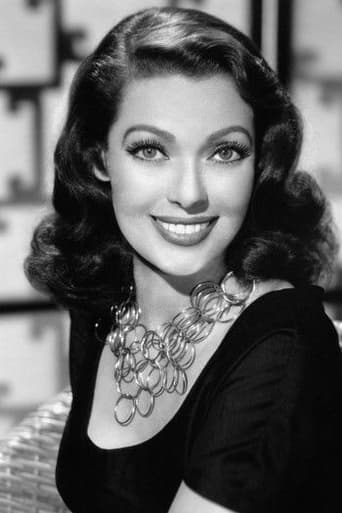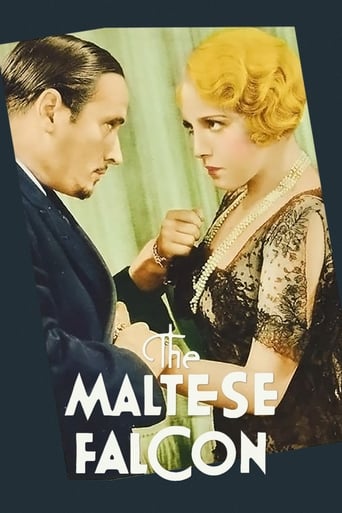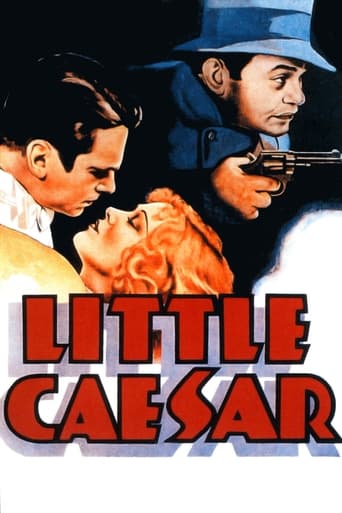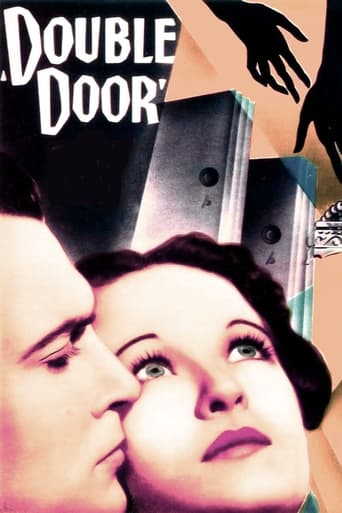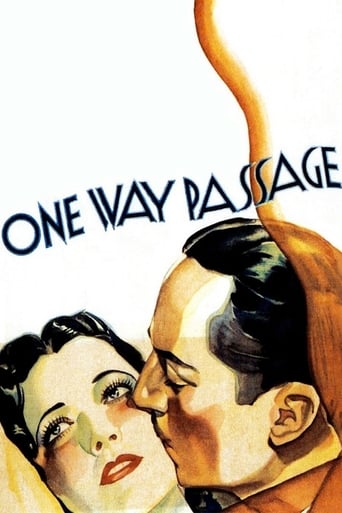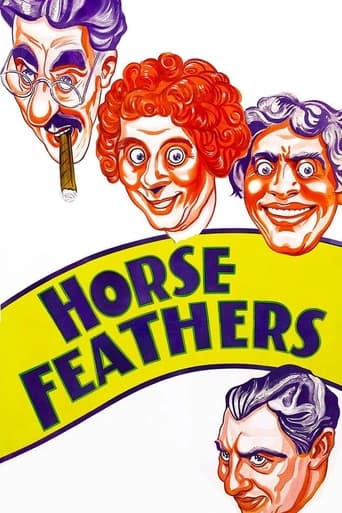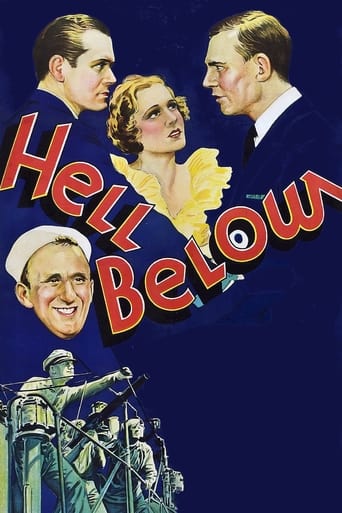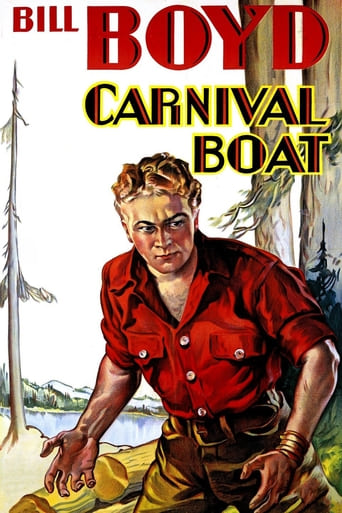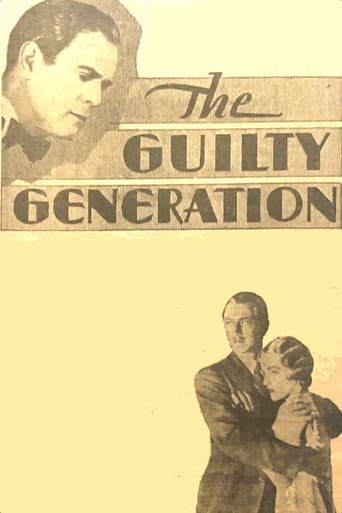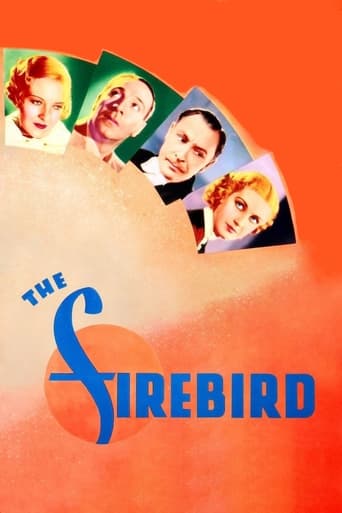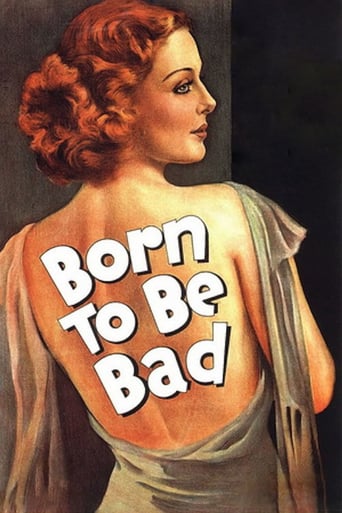

Born to Be Bad (1934)
Letty, a young woman who ended up pregnant, unmarried and on the streets at fifteen is bitter and determined that her child will not grow up to be taken advantage of. Letty teaches her child to lie, steal, cheat and anything else he'll need to be street smart.
Watch Trailer
Cast


Similar titles
Reviews
This picture was right on the cusp of the Motion Picture Production Code, and as such it ran into quite a bit of trouble before its release.This film is on another "cusp" -- right during that period from about 1932-1934 when films were beginning to be sophisticated. This film was more sophisticated than some, but not as sophisticated as others.And interestingly, this film was made when Cary Grant had been making films for only a little over a year, and it shows Cary Grant before he was...well, Cary Grant. You see none of the Cary Grant persona here. He's just another actor near the beginning of his climb "up".So this film is interesting in the annals of film-making for several reasons, but that is not saying it's a very good film. It's overly simple and almost funny in a few places where it's not supposed to be. Loretta Young is quite good here, but her character is almost as low as they go...so you're not apt to like her role very much. But, she sure was beautiful.Watch this film...once...for the time frame in which it was made. But I doubt you'll come back a second time.
This is the type of Pre-Code film that makes you curse the Hayes Code and the Catholic Legion of Decency. It is more serious and adult orientated movie than almost any movie for the next 20 years.You have ambiguous lead characters who are allowed to be both good and bad people, so you can't really guess how things will turn out. The Hayes Code pretty much separated characters into good and bad and you could easily guess who would be rewarded (the good) and who would be punished (the bad).Loretta Young is the revelation here. She looks a bit like Liza Minnelli in "Cabaret" and she seems to genuinely enjoy breaking social customs and taboos. She reminded me of Joan Crawford's character in "Rain". Her determination to seduce Cary Grant away from his wife still manages to shock us, or at least me, in 2010.I know that Loretta Young hosted an anthology television series in the 1950's, which was rerun in the daytime through the 1960's. As a child, I found it quite boring and never watched it. I'm sure I would find it fascinating today.The lackluster boy actor is the only weak part of the film. Young plays their scenes with genuine warmth, but the kid just gives us an early version of the East Side Kids caricature.Cary Grant is his usual good guy self, but undergoes quite an unusual transformation. It is rare when Grant does something to alienate the audience in a movie, as he does here. He seems in complete control, but Loretta's sexiness causes him to lose his cool persona.In most films we root for a mother who is going to lose her wayward son to state institutions. Here, we almost root against her getting her kid back. All in all, a fine film.
A Loretta Young vehicle. She plays Letty, a single mother with an obstreperous son, Mickey (Jackie Kelk). Letty has some sort of job wearing dresses at nightclubsit's a little obscure, but the point is, she gets to look pretty. Mickey gets knocked over by a milk truck driven by dairy magnate Malcolm Trevor (Cary Grant), and Letty, Mickey, and a shady lawyer try to get damages, but somebody's taken film of Mickey running and jumping, so they throw the case out of court and Mickey gets taken away, first by matrons, and then by the soft-hearted Trevor. Mickey rather likes the posh life, and the affection of Trevor and his wife Alyce (Marion Burns). Then the scheming Letty tries to get her son back by fascinating Trevoreasily donebut the noble response of the wife, first in not making a fuss, and then saving Mickey from drowning in the swimming pool, changes her mind. She dumps Trevor, though he's ready to divorce his wife for her, and walks away, teary-eyed. Big unselfish act, probably her first. The movie ends rather abruptly, after Letty's friend remembers some incident or other from the boy's infancy, saying something about how cute he was. Letty gazes tearfully into the middle distance. "Yeah," she says. That's the end. The bad girl goes good. Young does a decent enough job with this melodrama. The kid Kelk is knobby-kneed, big-eared, and a ham. Grant is mostly a stick figureany upright actor would do. Good thing it's only an hour long.
This flawed second feature -- about a beautiful floozy, her streetwise little boy, and the millionaire who comes to their aid -- sustains interest only thanks to the attractive stars. Young, with her huge eyes and dazzling smile, has the aura of Joan Crawford in her "Dance, Fools, Dance" period, while Grant, who was 30 when this was made, has not yet fully matured into the character we know from the second half of the 1930s. The story, despite its implausibility, is not unappealing; it is pleasant to imagine oneself being a slum-kid one day and being invited to live with Cary Grant and his affectionate wife the next. The screenplay is oddly structured; the story begins with Young being admired by an odd trio that looks as if it wandered off from the set of "Dinner At Eight" and whom we never see again, and the picture ends just as abruptly. Still, not a bad way to spend 65 minutes.


